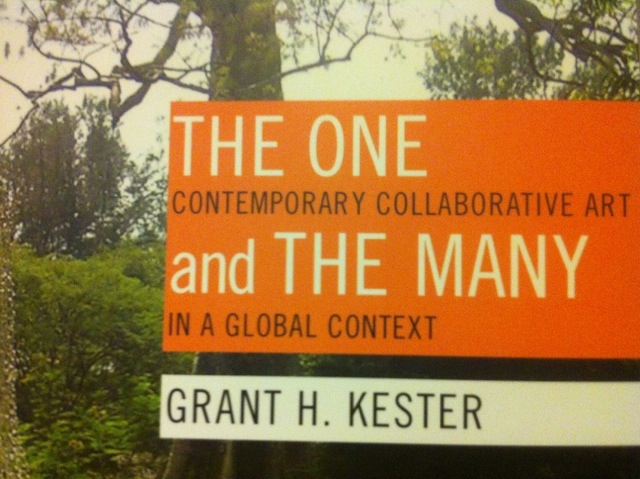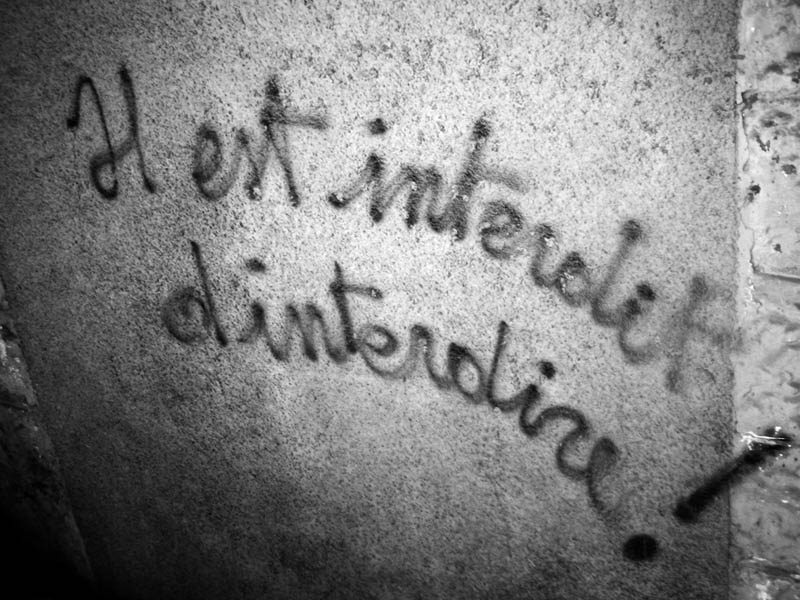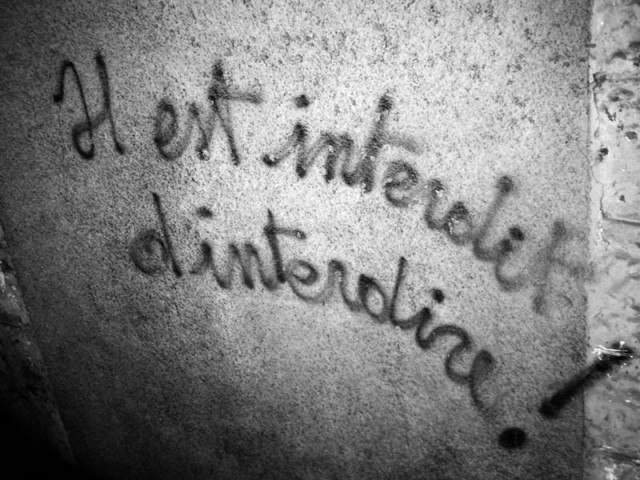“…we know that politics is absolutely the heart and soul of what might seem like design projects because it’s about who makes decisions, who has more power and influence than others to shape cities. Designers typically either run away from or ignore politics and political structures, and that’s impossible if you want to have any impact. You need to understand it, and you need to, A), understand the political structures, why decisions are made in certain ways and not others, B), embrace it, not be afraid of it, and C), probably most importantly, challenge it.”
—emphasis mine, from an interview with Aseem Inam, Director of the MA Theories of Urban Practice, and Miguel Robles-Duran, Director of the MS Design and Urban Ecologies, from Parsons The New School for Design on This Big City
I suppose I find this most useful in framing the way that I approach thinking about our practice. I often try to discuss all supporting aspects of our collective activity as important as any projects we pull off, because I think that it’s in all the peripheral parts of actually getting things done that we rigourously invest in playing with the structures that prop up all of those peripheral parts, and maybe, eventually, slowly begin to change them to begin creating the types of structures that we want to see.


